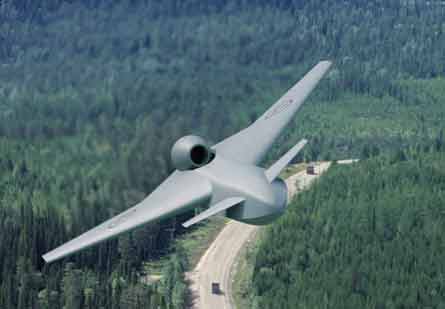Saab Aerosystems plans to develop its proposed next-generation tactical unmanned air vehicle as a collaborative evolution of another manufacturer's system, rather than embark on a new airframe development.
The Swedish company has previously released conceptual images of a canard/wing airframe with alternative jet or propeller propulsion, but Saab programme director for UAV systems Mikael Franzen says it now wants to "avoid building yet another airframe. We want a partner that has a good airframe."
|
|
|---|
| A canard wng proposal may now be abandoned for a proven airframe. |
The revised development approach would mirror that used by the company to develop its Skeldar V-150 vertical take-off and landing (VTOL) UAV unveiled earlier this year to meet anticipated Swedish military requirements. Saab acquired the rights to develop the system from CybAero's Apid 55 design.
Saab has already held talks with a number of fixed-wing tactical UAV manufacturers about development options, with a decision on a partner likely before the end of 2006. However, Saab's plan remains dependent on a decision by the Swedish defence ministry to replace the army's Sagem Ugglan (Sperwer A) systems.
Sweden wants to field a new-generation tactical UAV in time to support the European Union Rapid Reaction Force's Nordic Battle Group 11, which would require an initial operational capability in late 2009 or early 2010, with development work to start next year.
Franzen says Saab's Sharc and Filur sub-scale unmanned combat air vehicle demonstrator programmes would also provide input for the new system, minus their low-observable (LO) technologies. "We don't see LO as an element of tactical design for the near future," he says. The system's ground control station will be based on a system now under development for the VTOL V-150, flight tests of which are to resume during September.
Source: Flight International
























